Filter by

Animal Rights Activism A Moral-Sociological Perspective on Social Movements
We’re in an era of ever increasing attention to animal rights, and activism around the issue is growing more widespread and prominent. In this volume, Kerstin Jacobsson and Jonas Lindblom use the animal rights movement in Sweden to offer the first analysis of social movements through the lens of Emile Durkheim’s sociology of morality. By positing social movements as essentially a moral phen…
- Edition
- -
- ISBN/ISSN
- -
- Collation
- -
- Series Title
- -
- Call Number
- -
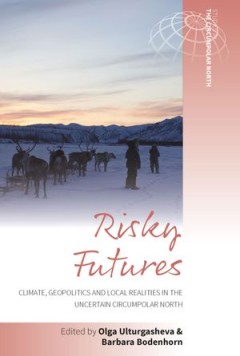
Risky Futures : Climate, Geopolitics and Local Realities in the Uncertain Cir…
The volume examines complex intersections of environmental conditions, geopolitical tensions and local innovative reactions characterising ‘the Arctic’ in the early twenty-first century. What happens in the region (such as permafrost thaw or methane release) not only sweeps rapidly through local ecosystems but also has profound global implications. Bringing together a unique combination of …
- Edition
- -
- ISBN/ISSN
- 9781805390640
- Collation
- -
- Series Title
- -
- Call Number
- -
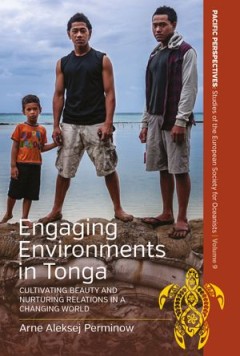
Engaging Environments in Tonga : Cultivating Beauty and Nurturing Relations i…
On March 11, 2011, a tsunami warning was issued for Tonga in Polynesia. On the low and small island of Kotu, people were unperturbed in the face of impending catastrophe. The book starts out from the puzzle of peoples’ responses and reactions to this warning as well as their attitudes to a gradual rise of sea level and questions why people seemed so unconcerned about this and the accompanying…
- Edition
- -
- ISBN/ISSN
- 9781805390657
- Collation
- -
- Series Title
- -
- Call Number
- -

Animals, Plants and Afterimages : The Art and Science of Representing Extinction
The sixth mass extinction or Anthropocene extinction is one of the most pervasive issues of our time. Animals, Plants and Afterimages brings together leading scholars in the humanities and life sciences to explore how extinct species are represented in art and visual culture, with a special emphasis on museums. Engaging with celebrated cases of vanished species such as the quagga and the thylac…
- Edition
- -
- ISBN/ISSN
- 9781805390671
- Collation
- -
- Series Title
- -
- Call Number
- -
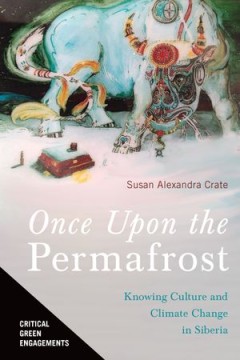
Once Upon the Permafrost : Knowing Culture and Climate Change in Siberia
Once Upon the Permafrost is a longitudinal climate ethnography about “knowing” a specific culture and the ecosystem that culture physically and spiritually depends on in the twenty-first-century context of climate change. The author, anthropologist Susan Alexandra Crate, has spent three decades working with Sakha, the Turkic-speaking horse and cattle agropastoralists of northeastern Siberia…
- Edition
- -
- ISBN/ISSN
- -
- Collation
- -
- Series Title
- -
- Call Number
- -
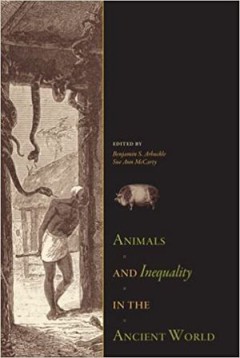
Animals and Inequality in the Ancient World
Animals and Inequality in the Ancient World explores the current trends in the social archaeology of human-animal relationships, focusing on the ways in which animals are used to structure, create, support, and even deconstruct social inequalities. The authors provide a global range of case studies from both New and Old World archaeology—royal Aztec dog burial, the monumental horse tombs of C…
- Edition
- -
- ISBN/ISSN
- -
- Collation
- -
- Series Title
- -
- Call Number
- -

Animal Rights Activism A Moral-Sociological Perspective on Social Movements
We’re in an era of ever increasing attention to animal rights, and activism around the issue is growing more widespread and prominent. In this volume, Kerstin Jacobsson and Jonas Lindblom use the animal rights movement in Sweden to offer the first analysis of social movements through the lens of Emile Durkheim’s sociology of morality. By positing social movements as essentially a moral phen…
- Edition
- -
- ISBN/ISSN
- 9789048525485
- Collation
- -
- Series Title
- -
- Call Number
- -
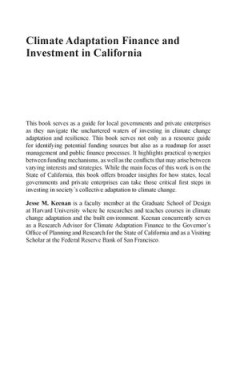
Climate Adaptation Finance and Investment in California
This book serves as a guide for local governments and private enterprises as they navigate the unchartered waters of investing in climate change adaptation and resilience. This book serves not only as a resource guide for identifying potential funding sources but also as a roadmap for asset management and public fi nance processes. It highlights practical synergies between funding mechanisms, a…
- Edition
- -
- ISBN/ISSN
- 9780367026073
- Collation
- -
- Series Title
- -
- Call Number
- 650 KEE c
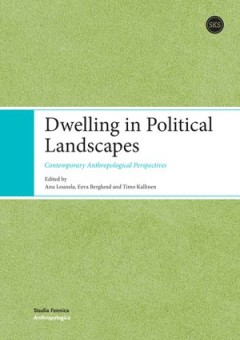
Dwelling in Political Landscapes
People all over the globe are experiencing unprecedented and often hazardous situations as environments change at speeds never before experienced. This edited collection proposes that anthropological perspectives on landscape have great potential to address the resulting conundrums. The contributions build particularly on phenomenological, structuralist and multi-species approaches to environme…
- Edition
- -
- ISBN/ISSN
- 9789518581140
- Collation
- -
- Series Title
- -
- Call Number
- -

Dwelling in Political Landscapes
People all over the globe are experiencing unprecedented and often hazardous situations as environments change at speeds never before experienced. This edited collection proposes that anthropological perspectives on landscape have great potential to address the resulting conundrums. The contributions build particularly on phenomenological, structuralist and multi-species approaches to environme…
- Edition
- -
- ISBN/ISSN
- 9789518581140
- Collation
- -
- Series Title
- -
- Call Number
- 300 DWE d
 Computer Science, Information & General Works
Computer Science, Information & General Works  Philosophy & Psychology
Philosophy & Psychology  Religion
Religion  Social Sciences
Social Sciences  Language
Language  Pure Science
Pure Science  Applied Sciences
Applied Sciences  Art & Recreation
Art & Recreation  Literature
Literature  History & Geography
History & Geography